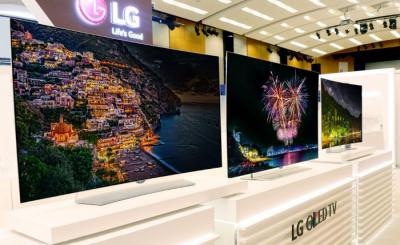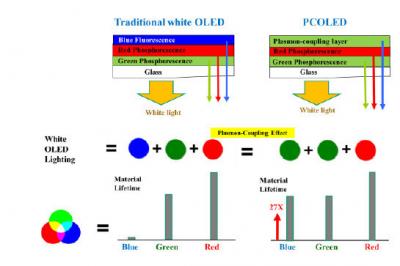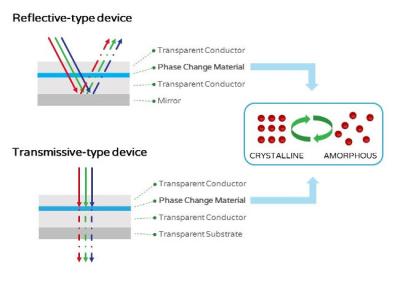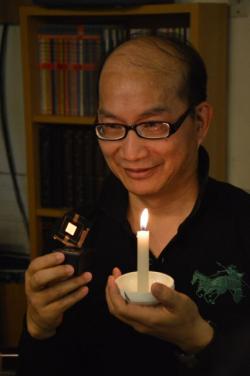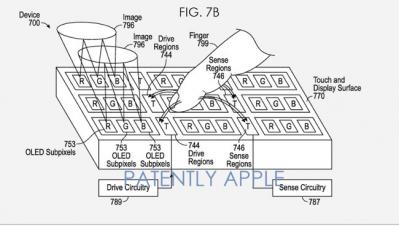OLED.com is up for sale
The future of OLED looks better than ever - LG is pouring billions into new production fabs, Samsung sees increase OLED orders, Apple is reportedly moving to OLEDs and flexible displays are set to revolutionize the entire industry. OLED TVs are recognized as the best TVs ever made, and it's clear that in the near future the new technology will become the TV technology of choice for many.
The owners of the OLED.com domain decided to put it up for auction - and this may be an unprecedented opportunity to give your OLED product marketing a huge boost!
OLED.com is obviously the best domain for the OLED industry. Having such a good domain gives an instant benefit to your google ranking and can help drive a large amount of traffic to your site. OLED.com can be used to launch an OLED TV shop, as a technology showcase for OLED makers, as a B2B marketing site or to hugely support any OLED related online activity possible. OLED.com is listed at Flippa.com, a well known domain auction site (which I have used successfully before, personally).




